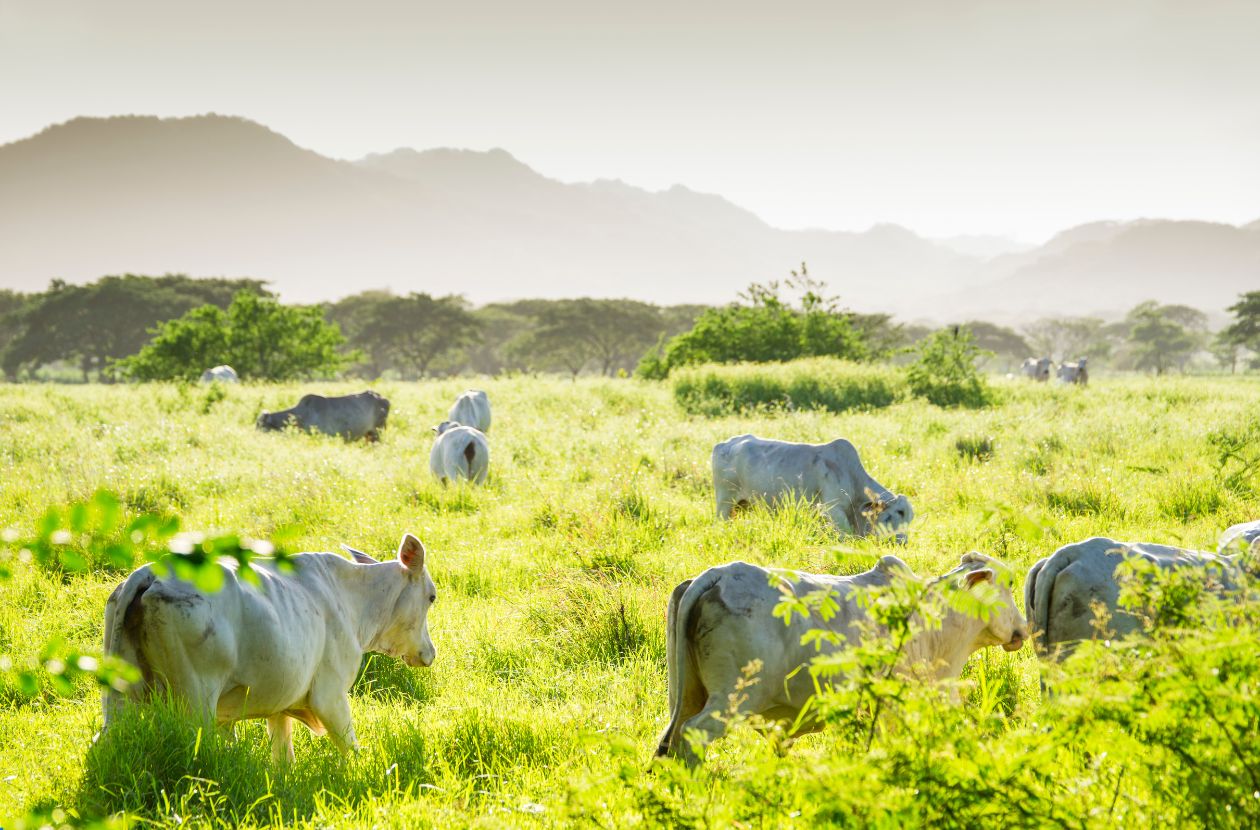Contents
Costa Rica brings to mind visions of beaches and sloths and maybe a toucan or two flying through the jungles. But just a few kilometers inland—just a little bit deeper into the country—paints a slightly duller, dustier, but essential part of the nation—cattle.
Yep. Cows. A lot of them.
The livestock industry in Costa Rica is stable, sustainable, and needed for an essential component of the country’s rural lifestyle. What you see is not always what you get.
Cattle Farming in Costa Rica: A Rural Backbone
Cattle farming in Costa Rica has been around since colonial times, but it’s far from outdated. From the dry savannas of Guanacaste to the cooler hills near Zarcero, ranching is still a way of life for thousands of Ticos. Some of these ranches have been in the same families for generations, and trust me — the pride runs deep.
Most cattle raised here are either for beef or dairy. And unlike in some mass-production-heavy parts of the world, many Costa Rican ranches are relatively small-scale and deeply connected to the land they work with.

Brahman Cattle and the Champions of the Tropics
Ask any rancher what kind of cow rules these lands, and you’ll probably hear the same answer: Brahman cattle. These big, muscular, heat-tolerant animals are basically built for Costa Rica’s tropical climate. They’re hardy, chill (most of the time), and resistant to parasites — which in a hot and humid environment is a big deal.
There are also Holstein and Jersey cows, mostly in dairy farms in Costa Rica located in higher elevations where the climate is cooler and better suited to milk production. These cows supply the country’s appetite for fresh cheese, yogurt, and that thick, delicious natilla (sour cream Costa Rica-style).
Sustainable Ranching Is No Joke
What really makes Costa Rica cattle farming stand out, though, is how seriously the country takes sustainability. Thanks to reforestation laws, incentives for planting trees, and a growing focus on carbon neutrality, many ranchers are adopting sustainable cattle ranching practices.
It’s not uncommon to see cows grazing in pastures surrounded by native trees, part of silvopastoral systems designed to capture carbon, preserve biodiversity, and keep the soil healthy. In fact, Costa Rica is one of the only countries where the cattle sector has been recognized for making progress toward carbon-positive operations.
Not bad for a bunch of cows, right?
It’s Not Just About Beef
If you’re visiting Costa Rica, chances are you’ve already tasted some of what this industry has to offer — and I’m not just talking about steaks. Fresh grilled beef at a soda in Liberia? Probably local. That gallo pinto with natilla and queso blanco? Also probably from a small dairy farm in Costa Rica.
And yes, you can even visit some of these places. There are family-run ranches that offer hands-on experiences — herding cattle, learning how to make cheese, or just enjoying a traditional lunch under the shade of a giant ceiba tree.
Real People, Real Stories
Here’s the thing — when we talk about Costa Rica cattle, we’re not just talking about animals. We’re talking about a rural way of life. About early mornings, worn boots, and the slow, steady rhythm of the campo. It’s a lifestyle that still defines huge swaths of the country and keeps local communities thriving.
So next time you drive past a pasture full of Brahman cattle near Nicoya, give a little nod. There’s a whole culture behind those horns.
Want to Explore This Side of Costa Rica?
Our travel planning services include way more than just beaches and jungle hikes. We’ll help you get off the beaten path — maybe even onto a working ranch where you can see the real Costa Rica cattle world up close. No stress, no overplanning — just real experiences.
And Hey — Grab Our Free eBook!
Before you go, make sure to download our free guide: “10 Hidden Gems in Costa Rica You’ve Never Heard Of.”
It’s got wild beaches, jungle secrets, and yes — a couple of countryside surprises you’d never find on your own.






